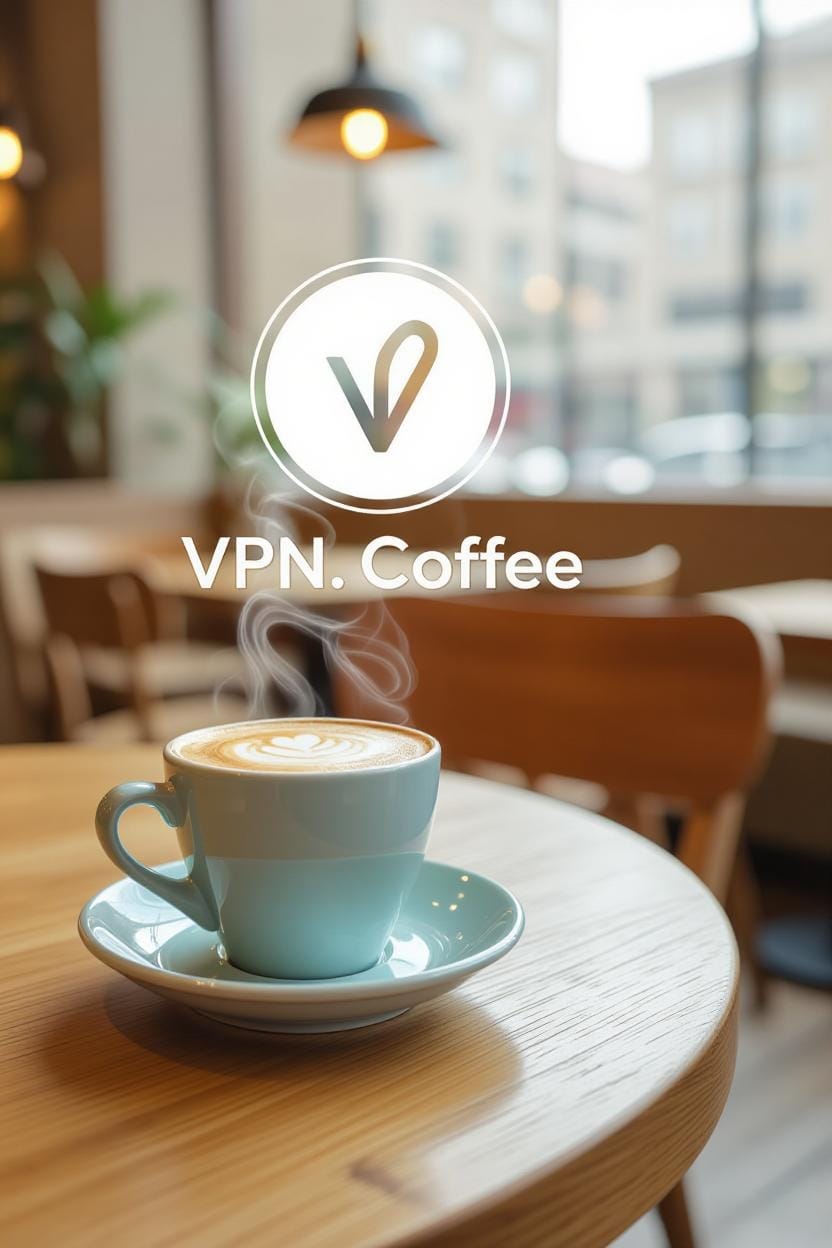Bandwidth throttling can significantly impact your internet experience, causing slow downloads, buffering videos, and lagging connections. Understanding what bandwidth throttling is, why it happens, and how to mitigate it is crucial for maintaining a seamless online experience. This guide explores the mechanics of throttling, its causes, and practical strategies to bypass it, ensuring optimal network performance for both personal and professional use.
Understanding Bandwidth Throttling
Bandwidth throttling refers to the deliberate act of an Internet Service Provider (ISP) reducing your internet speed or limiting the amount of data you can transfer. This restriction affects activities like streaming, gaming, or large file downloads, leading to frustrating delays. Throttling is often employed to manage network resources, but it can also be a tactic to enforce data caps or influence user behavior toward specific services.
By identifying throttling and taking proactive measures, users can regain control over their internet performance and enjoy uninterrupted connectivity.
Why ISPs Throttle Bandwidth
ISPs implement bandwidth throttling for several reasons, often related to network management or business objectives. Below are the primary motivations:
- Network Congestion Management: During peak usage times, ISPs may throttle heavy users to distribute bandwidth evenly across their network.
- Data Cap Enforcement: Many ISPs impose monthly data limits, slowing speeds once users exceed these thresholds.
- Traffic Shaping: ISPs may prioritize certain types of traffic, such as their own streaming services, while throttling competitors’ services like video or gaming platforms.
- Compliance with Regulations: In some regions, ISPs throttle connections to restrict access to specific content or comply with local laws.
Signs Your Connection Is Being Throttled
Detecting bandwidth throttling requires observing patterns in your internet performance. Common indicators include:
- Selective Slowdowns: Certain activities, like streaming or torrenting, are significantly slower than others, such as web browsing.
- Time-Based Speed Drops: Your connection slows during specific times, such as evenings or weekends, when network demand is high.
- Service-Specific Issues: Platforms like YouTube or Netflix buffer excessively, while other websites load quickly.
To confirm throttling, run speed tests using tools like Ookla Speedtest or Fast.com under different conditions, such as with and without specific applications running. A significant speed improvement when using encryption tools may indicate ISP throttling.
How Bandwidth Throttling Works
ISPs use advanced techniques to monitor and control data flow. They employ deep packet inspection (DPI) to analyze the content of data packets, identifying the type of traffic (e.g., streaming, gaming, or file sharing). Based on this analysis, ISPs may:
- Limit Bandwidth: Reduce the speed allocated to specific users or activities.
- Prioritize Traffic: Allocate more bandwidth to preferred services or users.
- Block Ports: Restrict access to certain ports used by specific applications.
Throttling can occur at the network level, targeting entire user groups, or at the individual level, based on usage patterns or subscription plans.
Strategies to Avoid Bandwidth Throttling
Several techniques can help you bypass or minimize the effects of bandwidth throttling. Here are some effective approaches:
1. Use a Virtual Private Network (VPN)
A VPN encrypts your internet traffic, making it difficult for ISPs to identify and throttle specific activities. By routing your data through a secure tunnel, a VPN masks the type of traffic, ensuring consistent speeds. Key features to look for in a VPN include strong encryption, support for protocols like WireGuard or OpenVPN, and a no-logs policy for enhanced privacy.
2. Monitor Data Usage
If your ISP enforces data caps, track your monthly usage to avoid exceeding limits. Many routers and apps offer built-in tools to monitor data consumption, helping you stay within your plan’s boundaries.
3. Upgrade Your Internet Plan
Some ISPs offer higher-tier plans with fewer restrictions or higher data caps. Review your plan’s terms and consider upgrading if throttling is tied to data limits or low-priority traffic.
4. Use Encrypted DNS
Encrypted DNS services, such as DNS over HTTPS (DoH) or DNS over TLS (DoT), add an extra layer of privacy by encrypting DNS queries. This makes it harder for ISPs to track and throttle based on the websites you visit.
5. Contact Your ISP
If throttling persists, reach out to your ISP to inquire about their policies. Some providers may offer solutions, such as removing throttling for specific activities or adjusting your plan to better suit your needs.
Comparing Throttling Mitigation Techniques
Below is a comparison of common methods to address bandwidth throttling, highlighting their benefits and limitations:
| Method | Benefits | Limitations |
|---|---|---|
| VPN | Encrypts traffic, bypasses throttling, enhances privacy | May slightly reduce speed due to encryption overhead |
| Data Monitoring | Helps avoid data cap triggers, free to implement | Doesn’t address throttling due to traffic type |
| Plan Upgrade | May eliminate throttling, improves overall speed | Increases monthly costs |
| Encrypted DNS | Prevents website-based throttling, easy to set up | Limited to DNS-related throttling |
Technical Considerations for Throttling Prevention
For advanced users, implementing anti-throttling measures requires careful configuration:
- VPN Protocol Selection: Choose protocols like WireGuard for low latency or OpenVPN for robust security, depending on your needs.
- Server Location: Select VPN servers geographically closer to your location to minimize latency while bypassing throttling.
- Quality of Service (QoS): Configure your router’s QoS settings to prioritize critical traffic, reducing the impact of ISP-level throttling.
- Network Monitoring: Use tools like Wireshark or GlassWire to analyze traffic patterns and confirm throttling behavior.
Conclusion
Bandwidth throttling is a widespread practice that can disrupt your internet experience, but with the right strategies, you can minimize its impact. By using tools like VPNs, monitoring data usage, and optimizing network settings, you can maintain fast and reliable connectivity. Understanding the causes and signs of throttling empowers you to take control of your internet performance, ensuring a seamless online experience for streaming, gaming, or work-related tasks.

